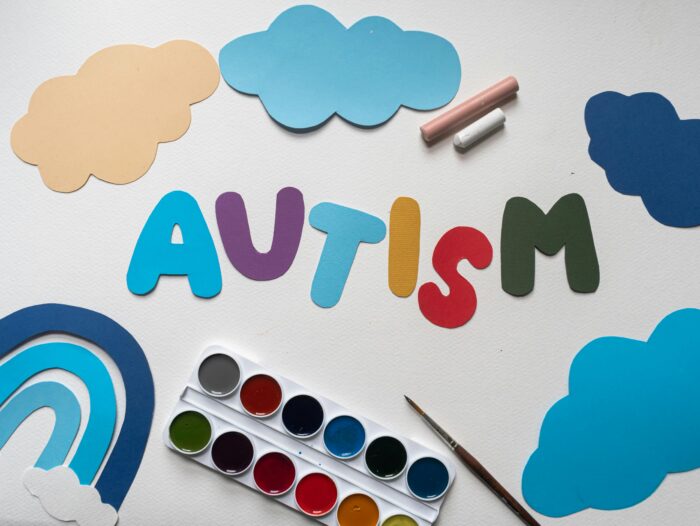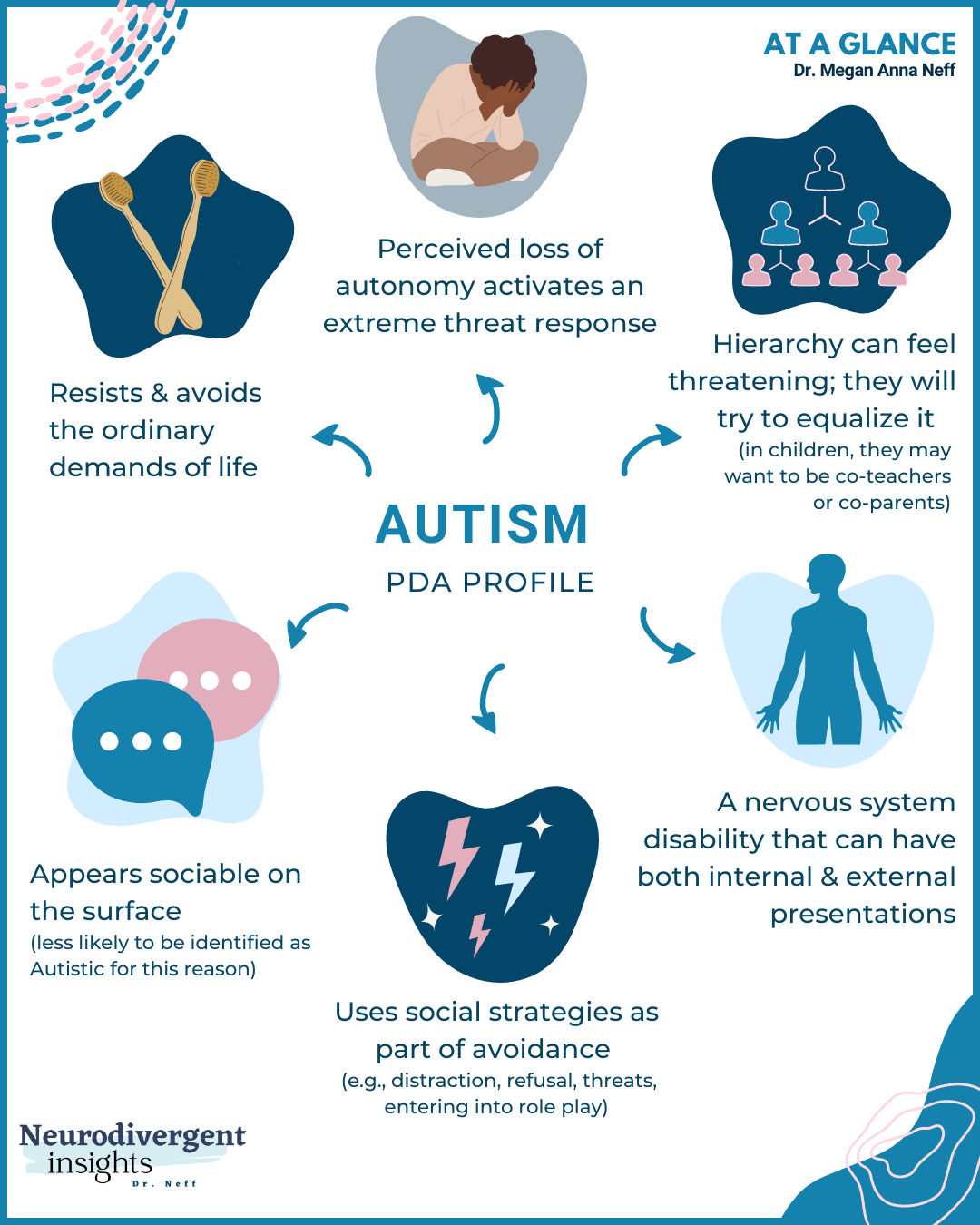The Effect of Very Early Intervention on Youngsters with Autism: What Parents Need to Know
The Effect of Very Early Intervention on Youngsters with Autism: What Parents Need to Know
Blog Article
Checking Out Autism: Techniques for Efficient Interaction and Communication
Effective communication and communication with people on the autism range demand a comprehensive understanding of their one-of-a-kind requirements and choices. The details of these strategies disclose more factors to consider that merit expedition, specifically in exactly how they can be adapted to varied contexts and specific experiences.
Comprehending Autism Spectrum Condition
Autism Range Condition (ASD) encompasses a variety of neurodevelopmental problems identified by difficulties in social communication, communication, and repetitive actions. The term "spectrum" mirrors the varied indications and differing levels of intensity experienced by individuals with ASD. While some may exhibit substantial disabilities, others may display high-functioning attributes, enabling for higher freedom in day-to-day live.
The start of ASD generally happens in very early childhood, with signs usually identifiable by age two. Early indicators may consist of delayed speech growth, minimal eye get in touch with, and troubles in comprehending social signs. The specific etiology of ASD remains uncertain, study recommends a combination of environmental and hereditary factors plays an essential function in its development.
As an outcome, treatments and assistance customized to private requirements are necessary for promoting communication and social skills. Recognizing the complexity of ASD is vital for advertising awareness, acceptance, and reliable methods that help with purposeful communications with people on the spectrum.

Value of Clear Interaction
Reliable interaction is important for cultivating understanding and link, particularly for people with Autism Spectrum Problem (ASD) Clear interaction not only assists in social communications yet likewise boosts the person's capability to express their requirements, thoughts, and emotions. For people with ASD, the nuances of language can typically be testing; consequently, using distinct and straightforward language is necessary.
Furthermore, clear interaction helps lower disappointment and anxiousness that might occur from misunderstandings. When messages are conveyed in a direct and regular fashion, individuals with ASD are much better equipped to analyze details properly, which can considerably boost their social interaction and participation in different setups.
Establishing regimens and making use of aesthetic assistances can additionally bolster clear interaction. These techniques provide people with predictable frameworks that help understanding and retention of information. Furthermore, actively listening and being person throughout interactions promotes a helpful setting where individuals with ASD really feel valued and recognized.
Ultimately, focusing on clear interaction not just empowers individuals with ASD however additionally fosters even more significant links with their peers, caregivers, and the larger community, leading the way for comprehensive interactions and collaborative connections. - autism
Non-Verbal Communication Strategies
Interaction expands past words, and for people with Autism Range Condition (ASD), non-verbal cues play a significant duty in communications. Non-verbal interaction strategies can include face expressions, motions, body language, and eye get in touch with, all of which work as important components for sharing feelings and intentions.
Recognizing and analyzing these non-verbal signals can improve communications with people with ASD. A cozy smile or open position can develop a welcoming environment, urging involvement. Using aesthetic aids-- such as image cards or icons-- can bridge communication gaps and help share messages a lot more successfully.
It is also vital to be mindful of personal area, as people with ASD may have different comfort levels regarding proximity. Observing their reactions to physical closeness can educate appropriate changes.

Developing Encouraging Atmospheres
Developing a helpful setting is vital for promoting favorable interactions and enhancing the wellness of people like it with Autism Range Condition (ASD) Such atmospheres can substantially reduce anxiousness and create a sense of security, permitting people to share themselves more freely.
To attain this, it is necessary to think about sensory sensitivities that individuals with ASD may experience. Customizing the physical space to consist of soft illumination, marginal background noise, and comfortable seating can produce a soothing ambience. Furthermore, making use of constant regimens and clear visual schedules can assist individuals anticipate transitions and lower unpredictability, further advertising comfort.
Social areas must be structured to decrease frustrating stimuli while offering chances for engagement in favored activities. Facilitating areas designated for silent time can also function as a haven throughout moments of stress and anxiety. Notably, incorporating elements of option equips individuals, enabling them to exercise firm in their environment.

Motivating Social Interactions
Fostering social communications among people with Autism Range Condition (ASD) needs intentional strategies that focus on comfort and engagement. Establishing foreseeable regimens can help in reducing stress and anxiety, making social setups a lot more friendly. Creating structured settings with specified visit homepage duties and obligations enables people to engage without the overwhelming stress of unstructured social dynamics.
Incorporating rate of interests and staminas right into social tasks can work as a driver for communication. For example, organizing team tasks around shared pastimes or subjects of attraction can promote all-natural discussions and connections. In addition, making use of visual supports, such as social manuscripts or photographic schedules, can help in comprehending social cues and expectations.
Designing proper social behaviors is vital - autism. Peers and grownups must show efficient interaction strategies, including active listening and turn-taking. Role-playing situations can also offer a safe room for people to exercise these abilities
Last but not least, fostering peer relationships with inclusive methods is crucial. Urging comprehensive playdates or group trips can produce opportunities for socializing in a comfortable setup. By executing these caretakers, teachers and approaches can significantly improve social communications for individuals with ASD, promoting their overall social development and wellness.
Verdict
In verdict, reliable communication and communication strategies More about the author are vital for sustaining people with Autism Spectrum Disorder. Ultimately, these approaches encourage people with autism to navigate social landscapes, promoting their general wellness and enabling the advancement of enduring connections.
Efficient interaction and communication with people on the autism range demand a thorough understanding of their distinct requirements and choices. Clear communication not only promotes social interactions but additionally improves the individual's ability to share their thoughts, emotions, and requirements.Fostering social interactions amongst individuals with Autism Range Condition (ASD) needs deliberate techniques that focus on convenience and interaction. By executing these methods, caregivers and educators can significantly boost social interactions for individuals with ASD, advertising their general social development and well-being.
In verdict, efficient interaction and communication strategies are necessary for sustaining individuals with Autism Range Condition.
Report this page